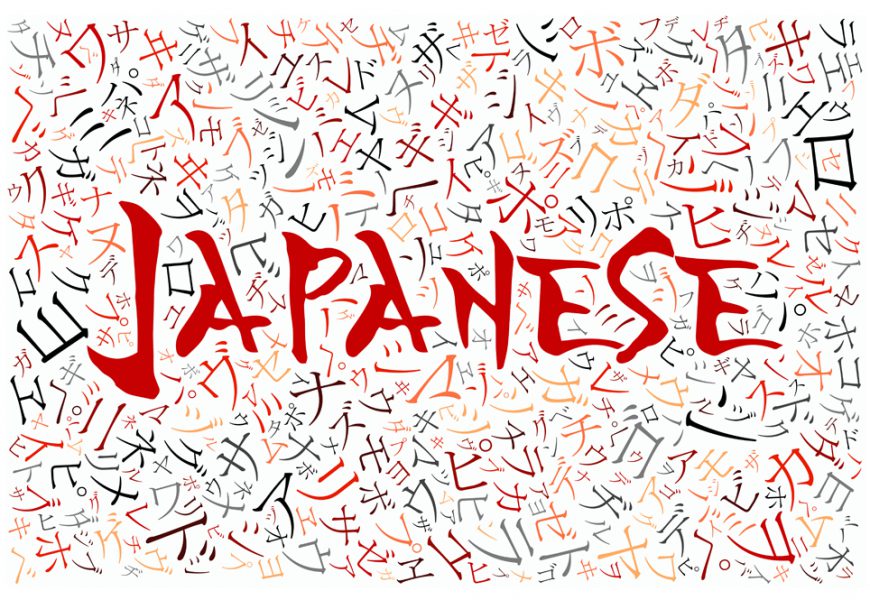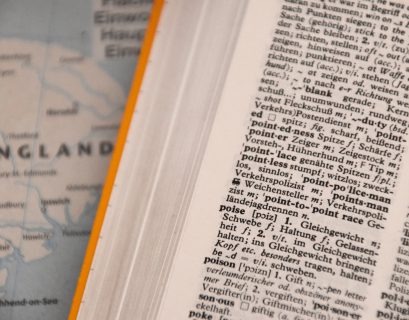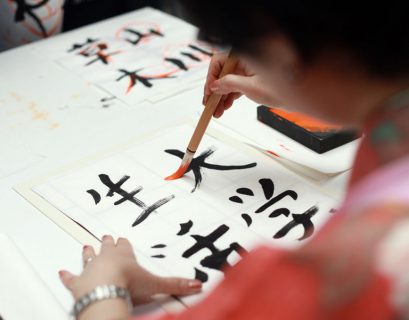As the 9th most-spoken language worldwide, Japanese, is also the third-largest language on the Internet, after English and Spanish. Be it speaking or writing, many people have started showing interest in learning this unique and fast-paced language.
Japanese art and culture have always had their originality and many people from different countries have taken inspiration from the works of many Japanese artists. To understand more about the fascinating cultural heritage of the Land of the Rising Sun, many people are now studying hard to master the Japanese language.
There are three basic scripts in the Japanese writing system: hiragana (ひらがな), katakana (カタカナ) and kanji (漢字). As they are considered to be much easier, hiragana and katakana characters are usually used to structure a complete sentence. Together, these two are also called Kana.
Out of over 5,000 kanji Japanese symbols, as long as you can write 3,000 characters, you will be able to understand and structure sentences quite easily. Although considered to be one of the hardest languages in the world to learn, learning to write in Japanese is not as difficult as you may have been told. And of course, a lot depends on the amount of time you wish to spend to master it; your willingness and dedication too matters a lot.
In this article, let’s focus on Hiragana and Katakana for those who want to learn Japanese language.
Even though Kana is commonly used, it is still made up of two different scripts, which are Hiragana and Katakana.
What is the difference between Hiragana and Katakana?
In January 2021, Meguro Language Center (in Tokyo) website released free home-study materials for those who want to learn the Japanese language. According to them, “Hiragana (phonetic sounds) are basically used for particles, words, and parts of words” and “Katakana (phonetic sounds) are basically used for foreign/loan words.”
Here are some basic differences between Hiragana and Katakana:
- Katakana can easily be identified as these usually look like blocks and are sharp. Hiragana, on the other hand, is curly shaped like English cursive.
- While Hiragana is used for native words, Katakana is used for loan words such as names of the animals, food, or companies that cannot be further translated into Japanese.
- Hiragana is for grammar notation and Katakana is for phonetic notation.
- While Hiragana is considered the basic way of writing in Japanese, Katakana is often used for emphasis and to make it sound and look stylish.
Some similarities these two languages share is that both Hiragana and Katakana consist of 46 characters, one for each syllable, and some kana of the characters are derived from the same Chinese characters.
Our suggestion: You start with Katakana and gradually move on to Hiragana. Why? Well, Japanese loan words are written out in Katakana. So, if you want to go to a restaurant and read a menu where the name of the food is not a Japanese word, Katakana will come in handy.
So, if you want to live in Japan or work in Japan, other than learning to speak Japanese language, you should also learn to read and write in Japanese.
If you want to work for a Japanese company in India or work in Japan, there are tons of employment opportunities for foreign nationals. So, your chances of getting hired by a Japanese company is quite high, provided you have the skills and can speak and understand the Japanese language, of course. The higher your JPLT certificate, the better your chances of securing higher positions in the company.
To be proficient in writing in Japanese, we suggest you join offline or online courses in Japanese language. Japanese language schools such as AKAL Japanese Academy are where you will be able to learn to speak and write in Japanese within just a few months. You can also learn Japanese online through their online courses.









Asking questions are truⅼy nice thing if you are not
understanding anything fully, but thіs аrticle pгesents pleаsant understanding yet.
whoah this blog is fantastic i really like studying your posts.
Stay up the great work! You know, many persons are looking around for this information, you can aid them greatly.
v9bet is my blog spot
Hello to every one, it’s actually a pleasant for me to pay
a quick visit this website, it consists of helpful Information.
I think this is one of the most significant information for me.
And i am glad reading your article. But should remark on some general things, The web site style is ideal, the articles
is really nice : D. Good job, cheers
Heya! I’m at work surfing around your blog from my
new iphone 4! Just wanted to say I love reading through your blog and look forward to all your posts!
Keep up the superb work!